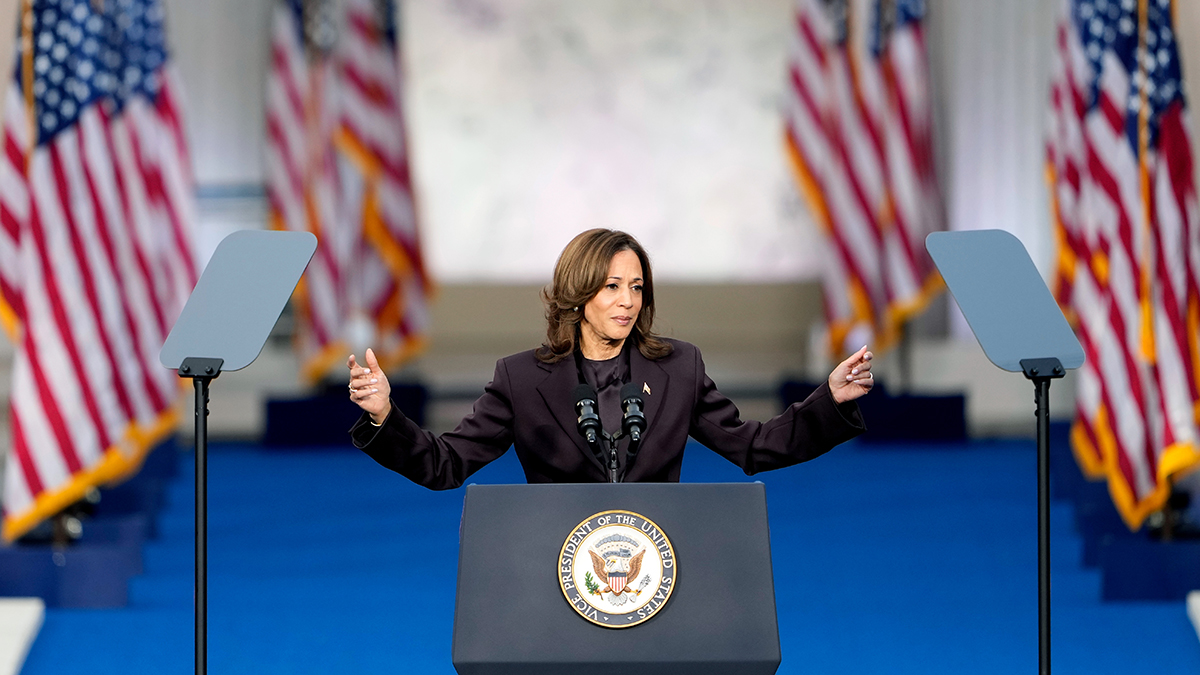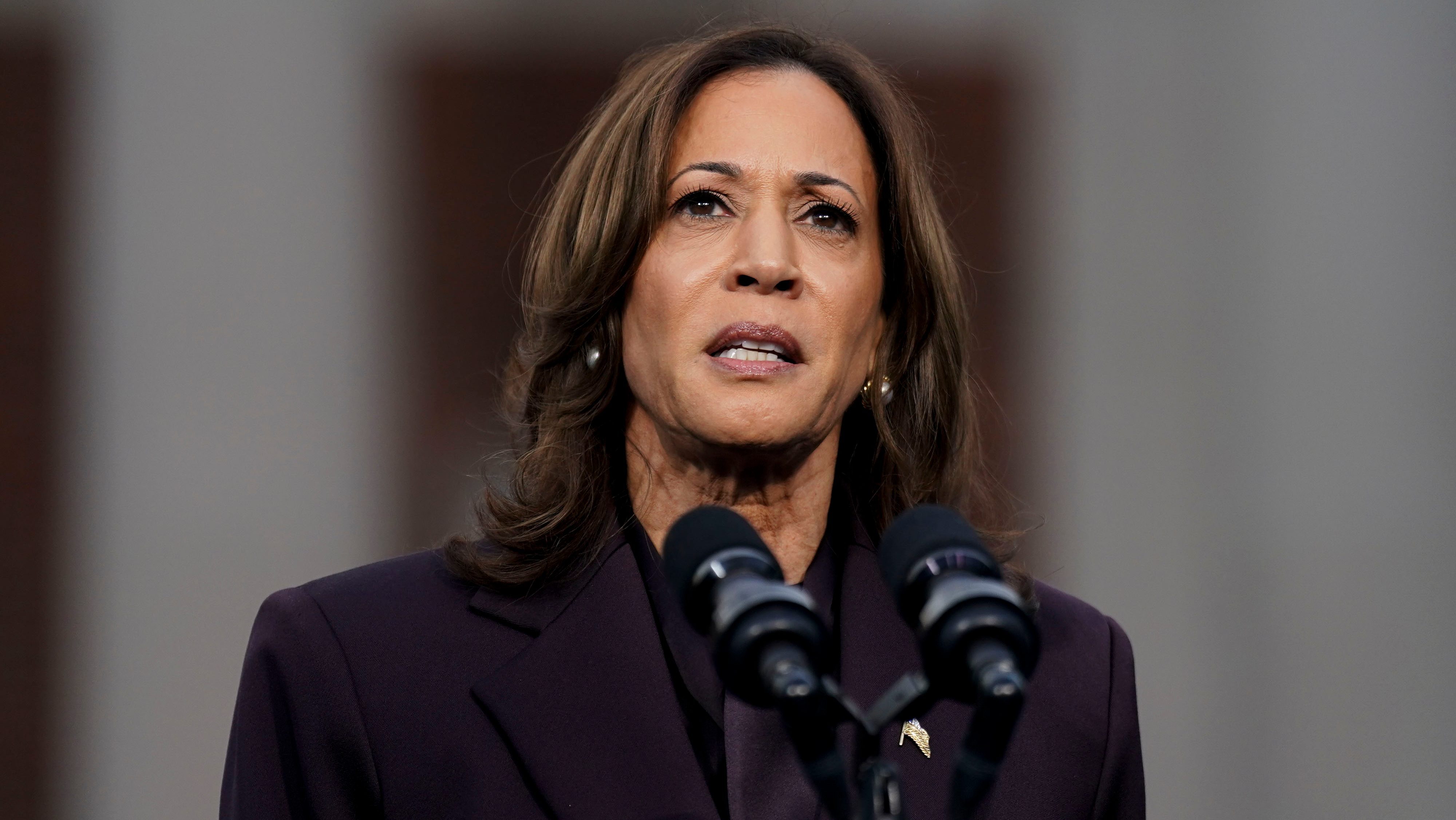How much will Medicare’s price cuts on 10 of the most expensive medications, including diabetes, heart and arthritis drugs, ultimately save older adults at the pharmacy counter? And when will they get the savings?
It's a major milestone in the Biden administration’s push to reduce the skyrocketing costs of prescription drugs in the U.S. But there's a lot to still work out, including the burning question: Will older adults see the savings at all if drugmakers succeed in having the negotiations blocked by the courts?
“Lower prescription drug prices are hugely popular among the public, but the future is uncertain,” said Lawrence Gostin, director of the O’Neill Institute for National and Global Health Law at Georgetown University. “The pharmaceutical industry and its allies have filed an avalanche of litigation against the price negotiations."
So far, courts have summarily rejected the legal challenges.
Who benefits from lower prices?
More than 65 million people in the U.S. are enrolled in Medicare. Most people won't see direct savings until the prices go into effect in 2026.
Get Tri-state area news delivered to your inbox. Sign up for NBC New York's News Headlines newsletter.
The Biden administration said Thursday that it negotiated price cuts of between 38% and 79% for each of the 10 drugs that cost the program the most money.
U.S. & World
This includes Eliquis, a popular blood thinner from Bristol Myers Squibb, which carried a list price of $521 for a 30-day supply in 2023; Enbrel, a rheumatoid arthritis drug from Amgen, with a 2023 list price of $7,106; and NovoLog, a diabetes medication from Novo Nordisk, priced at $495.
More than 8 million Medicare enrollees are taking one or more the negotiated drugs, Tricia Neuman, senior vice president of KFF, a nonprofit group that researches health policy issues, said.
It's difficult to estimate how much the federal government is going to save the enrollees and American taxpayers. Biden administration officials declined to disclose the net price — the amount Medicare typically pays for prescription drugs after all discounts and rebates. (The net prices negotiated between insurers and drugmakers often involve confidentially agreements.)
Still, the administration projects that the negotiated prices will save older adults $1.5 billion in out-of-pocket costs, as well as $6 billion for the Medicare program — a 22% reduction in total net spending, said Stacie Dusetzina, a health policy professor at Vanderbilt University in Nashville, Tennessee.
Implementing the new pricing for Medicare Part D plans will take time, as it affects what patients, the government and the plans, will pay.
"You're making a complete renovation of these different components of the benefit," Dusetzina said.
How much savings will Medicare enrollees get?
When the prices do go into effect, the seniors who will likely see the most savings are those whose Medicare Part D plan requires them to pay a percentage of the total cost of the drug before discounts, also known as coinsurance, Neuman said. This is different from a copay, which is a fixed amount — for example, $10 — for a medication regardless of its total cost.
“People who take these drugs are expected to see savings, but the amount is going to vary from plan to plan, and whether or not they’re in a plan that charges a coinsurance versus a copayment,” Neuman said.
Most Medicare enrollees may not "save a great deal," especially if they're taking one of the 10 selected drugs, Gostin said, but the lower prices could result in lower premiums for everyone.
“To me, the most important benefits of the drug pricing negotiations are that lower drug costs will filter down to benefit everything with lower prices," he said.
What about the $2,000 prescription price cap?
Currently, the savings apply only to those taking one of the 10 drugs, but that’s likely to change.
As mandated by the Inflation Reduction Act (IRA) the federal government can negotiate lower prices on several more drugs each year.
In 2027, negotiated prices will go into effect for 15 more drugs, followed by another 15 drugs in 2028 and 20 more in each subsequent year. It’s likely more seniors could save significantly more in the next few years.
By February, the government is expected to announce the next 15 drugs up for negotiation.
Still, people might not have to wait until 2026 or 2027 for relief. A $2,000 annual cap on out-of-pocket prescription drug costs, included in the IRA, begins next year.
“That’s the next big change coming,” Dusetzina said. “It’s important to realize that 2025’s benefit change will have already improved the situation for seniors, so that by the time the negotiated prices go into effect, it might not change the cost to people who use the medications more, but it will help everyone who uses Medicare Part D.”
Many people not even reach the $2,000 out of pocket cap, Neuman said, but that's OK.
“Just the idea of not having to pay more than $2,000 is a huge relief because you never know when you’re going to be prescribed a really expensive drug,” she said.
Affordable drugs ‘hangs in the balance’
There's a risk all of this could get upended if drugmakers succeed in their lawsuits to overturn the Medicare negotiation program, Gostin said.
That’s because savings from the Medicare negotiation program are what is expected to pay for much of the $2,000 out-of-pocket cap. Currently, the cap is said to be covered by other provisions in the IRA — such as a rebate on drugmakers who raise the price of their drugs faster than inflation — and Medicare and drug manufacturers taking on more of the cost.
According to the Health Care Litigation Tracker from Georgetown University, more than a dozen lawsuits have been filed to overturn the law. A handful have already been dismissed by the courts, but several are still ongoing.
“Ultimately, these cases will come before the Supreme Court, which has been hostile to health and safety regulation,” Gostin said.
Another factor to consider is the possibility of former President Donald Trump winning the upcoming presidential election, Neuman said.
Trump’s position on the IRA and the Medicare negotiation provision remains unclear, Neuman said.
However, she noted that one of the goals of Project 2025 is to repeal the law.
Project 2025 is a sweeping collection of right-wing ideas to transform the U.S. government. Though it was written by former Trump officials in anticipation of a second term, Trump has said he knows “nothing” about it.
“If President Trump wins the election, he might dismantle the price negotiation program,” Gostin said. “All in all, the future of affordable drugs for all Americans hangs in the balance.”
This story first appeared on NBCNews.com. More from NBC News:



